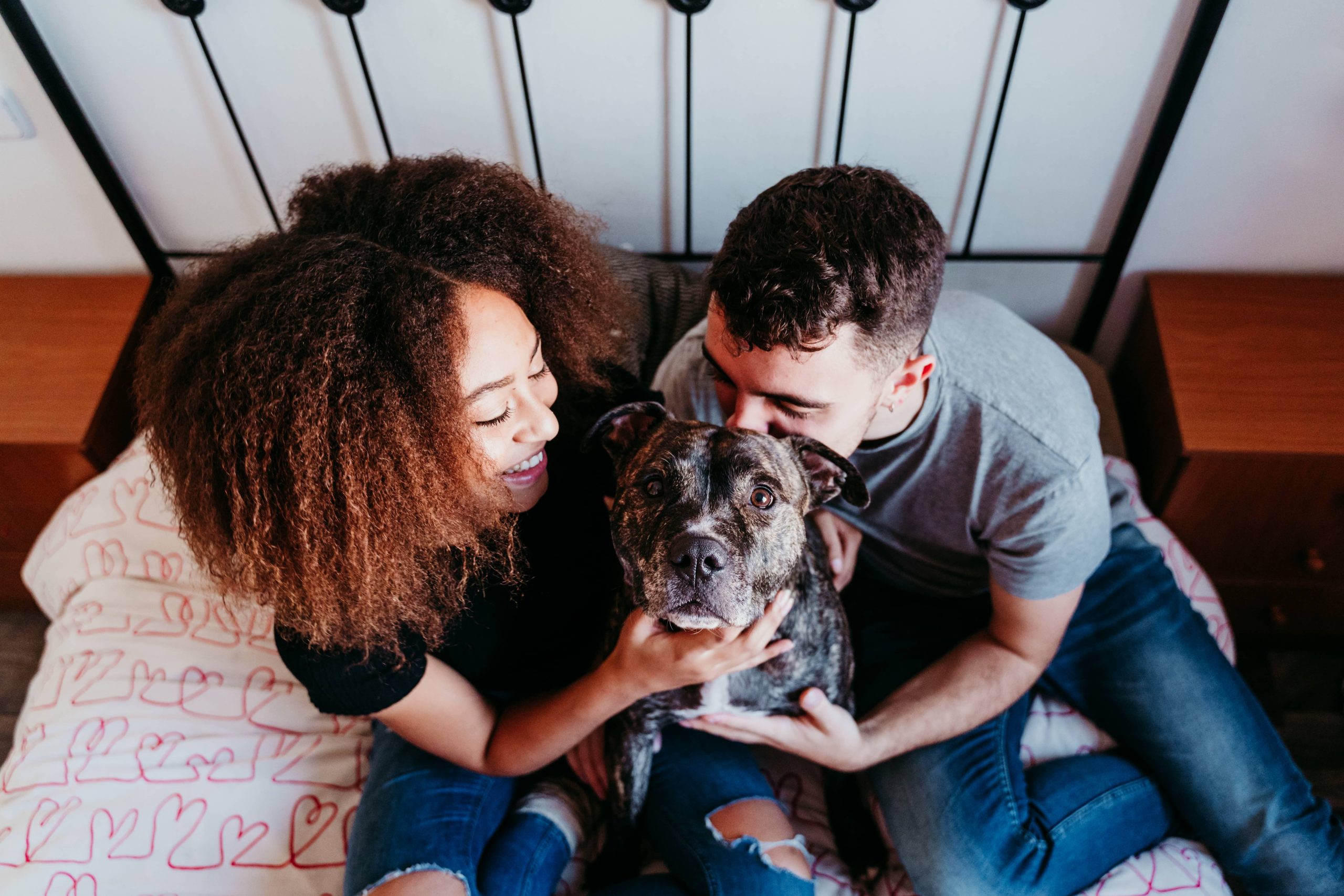
Adopting a new pet is a joyous occasion filled with excitement and anticipation. It’s a pivotal step that can bring a fresh wave of love and companionship into your home. However, when you already have pets, introducing a new member to the family requires preparation and strategic planning to ensure a smooth transition for everyone involved. This process can be intricate, as pets are territorial by nature and may view the newcomer as a potential threat. Here’s a comprehensive guide to help you introduce an adopted pet to your existing furry family members harmoniously.
Understanding the Importance of a Thoughtful Introduction
Before diving into the step-by-step process, it’s crucial to understand why introductions require careful planning. Pets, unlike humans, communicate mainly through body language and scents. An abrupt introduction can lead to stress, anxiety, and even aggression, potentially jeopardizing the health and well-being of all the animals involved. Taking the time to thoughtfully manage their first interactions can lay the foundation for a lifelong friendship.
Preparing for the New Arrival
Preparation is key to a successful introduction. Here are some steps to set the stage for a positive experience:
1. Create a Safe Space: Designate a separate, quiet area for the new pet, complete with all essentials like food, water, bedding, and toys. This will serve as their sanctuary, where they can acclimate to their new environment without feeling overwhelmed.
2. Gather Scent Information: Before the new pet arrives, swap bedding or toys between pets to introduce their scents. This helps to familiarize them with each other’s presence and reduces the novelty when they finally meet face-to-face.
3. Vet Check-ups: Ensure that all pets, old and new, are healthy and up-to-date with vaccinations. This step is vital to prevent the spread of any contagious diseases.
The Introduction Process
1. Controlled Meeting: The first meeting should be on neutral ground, if possible, to prevent territorial behavior. Keep the new pet on a leash or in a carrier and allow the existing pets to approach at their own pace. Supervise closely and watch for any signs of aggression or fear.
2. Short and Sweet: Keep initial interactions brief. It’s better to have multiple short meetings rather than one long, stressful encounter. Gradually increase the duration as they become more comfortable with each other.
3. Positive Reinforcement: Reward all pets with treats, praise, and affection during and after each introduction session. This helps them associate the presence of the new pet with positive experiences.
4. Gradual Freedom: As the pets start to show signs of acceptance, allow them more freedom to interact. Always supervise these interactions until you are confident that they can coexist peacefully.
Reading Body Language
Understanding pet body language is crucial during this process. Here are some signs to watch for:
– Calm and Relaxed: Tail wagging, relaxed ears, and soft body posture indicate that the pets are comfortable around each other.
– Cautious Curiosity: Sniffing and observing from a distance are normal behaviors. Allow them to investigate at their own pace.
– Aggression or Fear: Raised fur, hissing, growling, and lunging are signs of aggression or fear. If you observe these behaviors, separate the pets and try the introduction again later at a more gradual pace.
Special Considerations for Different Species
If you’re introducing pets of different species (e.g., a dog and a cat), extra precautions are necessary. Here are some species-specific tips:
– Introducing Dogs to Cats: Always secure the dog on a leash and allow the cat to explore at their own pace. Never force an interaction. Provide high spaces for the cat to retreat to if they feel threatened.
– Introducing Dogs to Small Animals: Rabbits, guinea pigs, and other small animals should be introduced through a barrier initially, such as a secure pen or cage. Supervise closely to ensure the dog does not exhibit predatory behavior.
Ongoing Management
Even after successful initial introductions, continuous management is essential to maintain harmony. Here are some tips for ongoing success:
1. Separate Spaces for Resources: Ensure each pet has their own feeding area, bed, and toys to minimize competition and reduce stress.
2. Supervised Playtime: Continue supervising interactions, especially during playtime, until you are confident that they can coexist peacefully.
3. Regular Routine: Maintain a regular routine to provide a sense of stability for all pets. Consistent feeding, playtime, and exercise schedules help reduce anxiety and promote good behavior.
Patience and Persistence
Introducing a new pet to your household can be a rewarding experience, but it requires patience and persistence. Every pet is unique, and while some may bond quickly, others might take weeks or even months to fully acclimate. Respect their individual personalities and take the process at a pace that is comfortable for all involved.
In conclusion, bringing a new pet into your home is a heartwarming endeavor that, with proper planning and careful execution, can result in a harmonious multispecies household. By understanding the importance of controlled introductions, recognizing body language, and ensuring ongoing management, you can help foster a safe and loving environment for all your pets. Embrace the journey with an open heart and a diligent approach, and you’ll set the stage for lifelong companionship and blissful coexistence.






